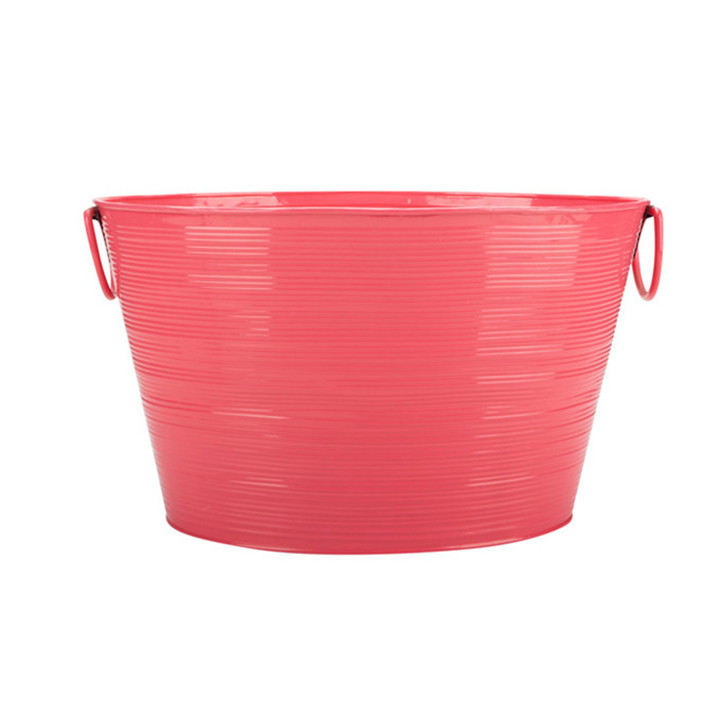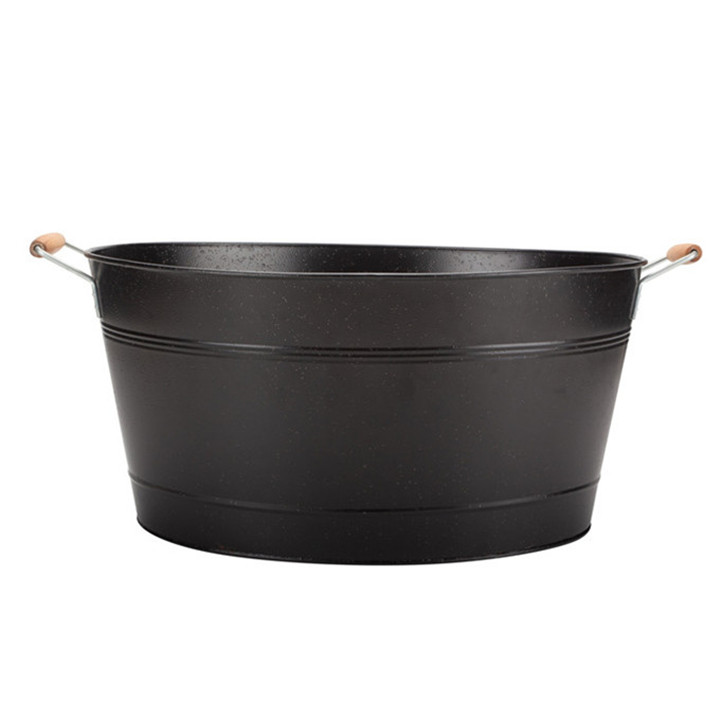The invention of efficient blue light-emitting diodes won the 2014 Nobel Prize in Physics
Three Japanese-American scientists won the 2014 Nobel Prize in Physics for the discovery of high-efficiency blue LEDs
2014 Nobel Prize second announced today.
According to the Nobel Prize website news, three Japanese scientists Isamu Akasaki, Hiroshi Amano and Shuji Nakamura won the Nobel Prize in Physics in 2014, They invented efficient blue light-emitting diodes (LEDs), making it possible to brightly cut energy-efficient white light sources.
The three scientists came from Nagoya University in Japan and the University of California at Santa Barbara, respectively. Among them, Akasaki and Amano were Japanese scientists, and Dr. Nakamura was Japanese-American scientist.
According to the award letter by the Royal Swedish Academy of Nobel Prize Committee, according to the will of Alfred Nobel, the Nobel Prize is awarded to those who make a significant contribution to the well-being of all mankind through the blue LED technology, human beings A completely new approach can be used to produce a white light source. Compared with the old-style lamps, LED lamps have more lasting and efficient advantages.
Red and green LEDs have been with us for more than half a century, but we also need the arrival of blue light to revolutionize the lighting technology as a whole, because only with the full use of the red, green and blue primary colors will we be able to produce white light that illuminates our world light source. But despite the tremendous efforts made by industry and academia, the technical challenge of generating blue light continues for more than 30 years.
At the time, Akasaki and Mr. Amano worked for Nagoya University in Japan, while Mr. Shuji Nakamura then worked for a small company called Nichia Chemicals in Tokushima, Shikoku Island. The door to revolution in lighting technology was opened as they produced blue light through semiconductors. Incandescent lighting up the entire 20th century, while the 21st century will be the era of LED lights.
A light-emitting diode consists of several layers of semiconductor material. In LED lights, electrical energy is directly converted to photons, which greatly enhances the luminous efficacy, as in other lighting technologies, the electrical energy is first converted to heat and only a small fraction of it converted to light. Incandescent lamps, like tungsten halogen lamps, are used to heat a filament in order to achieve lighting.
In fluorescent tubes, which used to be called low-energy bulbs, but lose their meaning with the advent of LED-lamp technology, the gas is discharged and at the same time it emits heat and glows.
A light-emitting diode consists of several layers of semiconductor material. In LED lights, electrical energy is directly converted to photons, which greatly enhances the luminous efficacy, as in other lighting technologies, the electrical energy is first converted to heat and only a small fraction of it converted to light. Incandescent lamps, like tungsten halogen lamps, are used to heat a filament in order to achieve lighting. In fluorescent tubes, which used to be called low-energy bulbs, but lose their meaning with the advent of LED-lamp technology, the gas is discharged and at the same time it emits heat and glows.
2014 Nobel Prize in Physics Introduction
Isamu Akasaki,
Isamu Akasaki, a Japanese nationality, was born in Chiran, Japan in 1929 and received a doctorate from Nagoya University in Japan in 1964. He is currently a professor at Japan's famous city University, Japan Nagoya University Distinguished Professor.
Hiroshi Amano,
Hiroshi Amano, Japanese nationality, born in 1960 in Hamamatsu, Japan. He received a doctorate from Nagoya University in Japan in 1989 and is currently a professor at Nagoya University in Japan.
Shuji Nakamura,
Shuji Nakamura, a citizen of the United States, was born in 1954 in Ikata, Japan. 1994 PhD degree with Tokushima University, Japan. Now a professor at the University of California, Santa Barbara.
Japan Reveals the Efficient Mystery of Blue LEDs
September 11, 2006 "Science and Technology Daily" reported that the blue light-emitting diodes to light-emitting high efficiency, known for power, the University of Tsukuba, Japan researchers from the crystal structure reveals the mystery.
Japanese scholar Nakamura Shuji In the early 1990s, he invented a blue light-emitting diode made of indium gallium nitride. The structural drawbacks that prevent luminescence in blue LED materials are far greater than the red LED materials, but it is brighter and more luminous, a point that has long been difficult to explain.
Researchers from Chichibu University of Tsukuba, which published a recent paper in the online edition of the journal Nature & Materials, said they analyzed indium gallium nitride crystals and found that the crystal was dominated by several indium atoms and nitrogen atoms Together, these parts are easy to trap positively charged holes in the crystal to form a large number of luminescent "excitons."
This mechanism is not affected by the structural defects of the crystal and emits bright light. This means that non-uniform crystals are expected to be used to create new light-emitting devices that emit light efficiently, even if the crystal is defective, scientists say.
Three Japanese-American scientists won the 2014 Nobel Prize in Physics
Three Japanese scientists won the 2014 Nobel Prize in Physics, they invented the blue light-emitting diode.
We're own factory for professionally producing Oval Barrels etc.
Most of our Oval Barrels like Oval Ice Buckets, Oval Water Pails, Oval Beer Coolers are made from galvanized steel and tinplate materials, which are eco-friendly and withstand the test of time.
We sell hundreds of kinds of metal buckets to both European and North America, indicating that our export ability can be suitable for different customers with different styles and regions.



Oval Buckets, Oval Ice Buckets, Oval Water BUckets, Oval Beer Cooler
Jiangmen Kimleyda Hardware Co., Ltd , https://www.kldmetalware.com